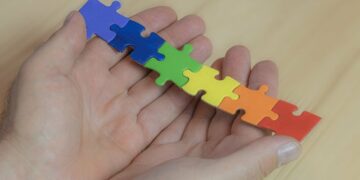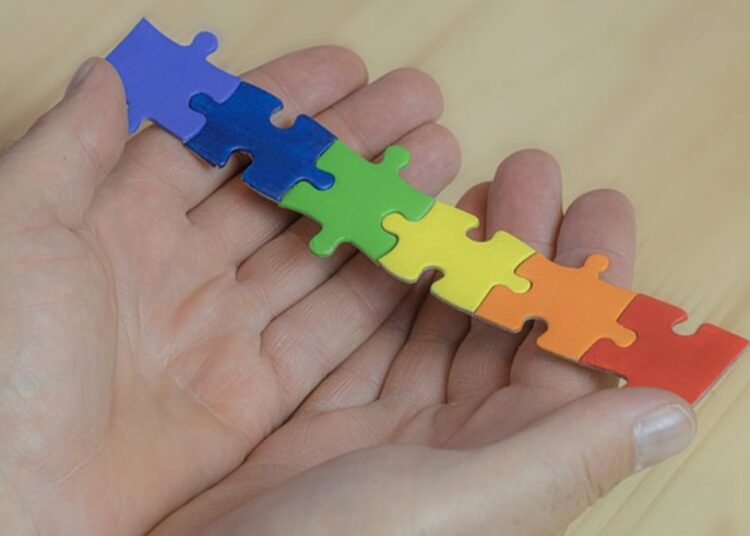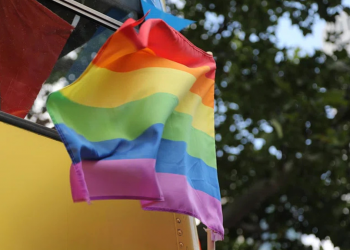Gender identity is the driving force behind the anthropological revolution in the USA. Last year’s survey by Gallup revealed that 7.1% of the US population claim to be gay, lesbian, bisexual or transgender, a percentage that has doubled in ten years. Of the 12,000 respondents, 86.3% described themselves as heterosexual, while the remaining 6.6% did not respond.
As might be expected, identification with any LGBT+ category is far more pronounced among young people: 21% of those born between 1997 and 2003 fall into this category. In 2012, LGBT+ youth covered 12% of total respondents. An increase that should offset the decline (from 11% to 8%) of older LGBT+, those born before 1946 (over 65 in 2012, over 75 in 2022).
“Should this trend within Generation Z,” meaning those born between 1997 and 2003, “continue, the percentage of US adults in that generation who say they are LGBT+ will increase further once all members of the generation reach adulthood,” Gallup says.
“Fluid,” in every sense of the word….
In the magnum sea of the LGBT+ universe, those who say they are bisexual (57%) make up the lion’s share: in fact, they are 4% of the entire US population. Specifically, 21% of LGBT+ persons identify as gay, 14% as lesbian, 10% as transgender, and 4% identify with other categories. All of them do not add up to 2% of the total population.
There is one piece of information that is of more interest than the others. In Generation Z, the millennials (i.e., those born between 1981 and 1996) and Generation X (those born between 1965 and 1980), people who self-identify as bisexual outnumber other LGBT+ categories, accounting for 57%; however, that’s still not more than 4% of all US adults. This confirms the fact that the prevailing connotation among those under 40 is to define themselves as “fluid”, that is, undefined, which means they fluctuate in every aspect of existence, starting with the sexual one.
Fifteen percent of Generation Z claim to be bisexual. The figure drops to 6% among millennials and 2% of Generation X. In terms of the sex of respondents, 6% of women self-identify as bisexual compared to 2% of men. Conversely, 2.5% of men identify as gay and 1.9% of women identify as lesbian.
On a year-on-year basis, the percentage of US adults self-identifying as LGBT+ has grown faster than in previous years. According to Gallup, this is due to “increasing legal protections against discrimination.” If the numbers remain constant, the research institute concludes, within a few years, the number of LGBT+ persons will exceed 10%.
Propaganda is working
Gallup’s data were commented with obviously self-congratulatory tones in The Guardian. Journalist Arwa Mahdawi confides, “It warms the cockles of my homosexual heart to see such a big increase in young people feeling comfortable being themselves.” She adds, “I came out 20 years ago, when ‘gay'” was still an “acceptable insult” and “if you saw an LGBTQ+ character on television there was a 99% chance they were a psychopath or a predator.”
This just confirms what we already know: gender ideology is not content with gaining space and conquering new alleged “rights”, but aims to make as large a number of followers as possible.




















Discussion about this post